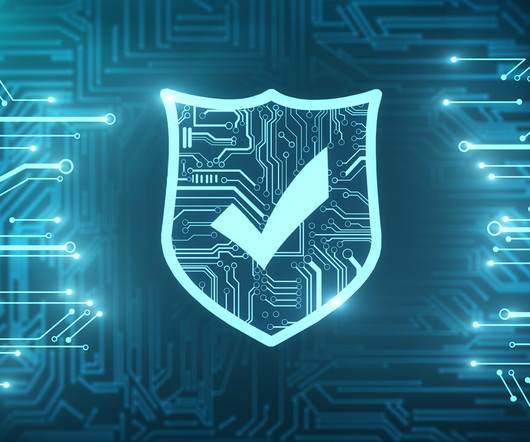SHARED INTEL Q&A: My thoughts and opinions about cyber threats — as discussed with OneRep
The Last Watchdog
OCTOBER 5, 2023
Byron: On the software side of things, some exciting breakthroughs are about to gain meaningful traction in leveraging machine learning and automation to shape new security platforms and frameworks that are much better suited to helping companies implement cyber hygiene, as well as execute effective, ongoing threat detection and incident response.












Let's personalize your content